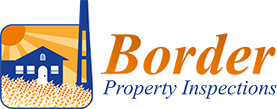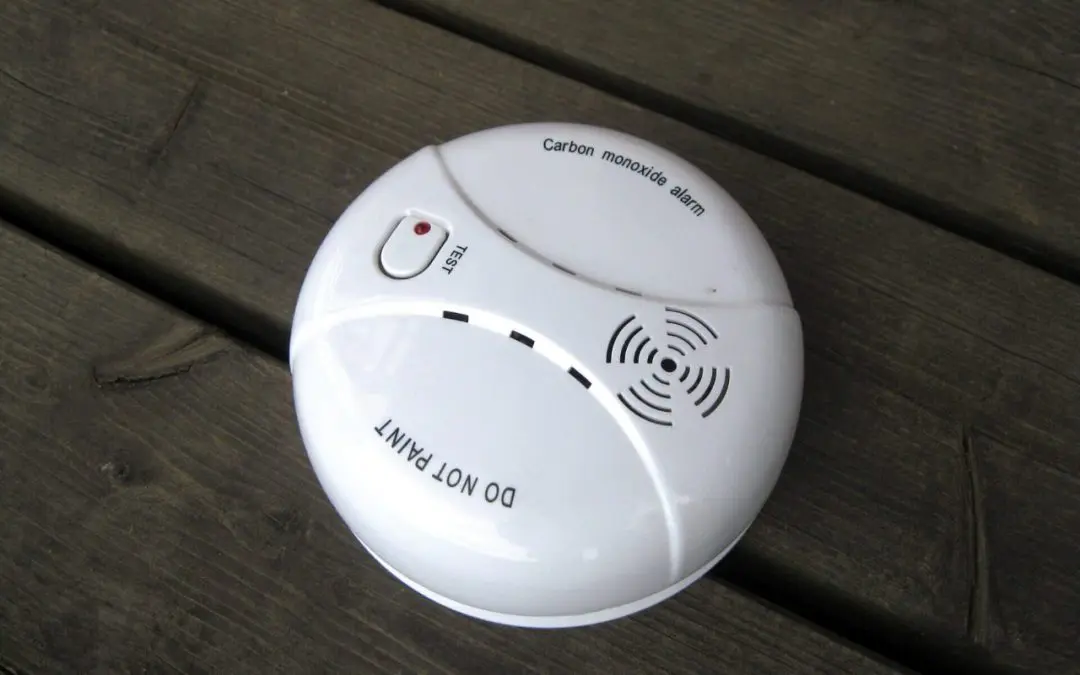Home is where we can rest after a long day, feeling safe and secure. To maintain a healthy home, it’s necessary to consider the dangers of carbon monoxide (CO). This colorless, odorless gas poses a threat to households, and it’s essential to be aware of its risks. As a homeowner, it’s essential to understand the sources of carbon monoxide, the symptoms of CO poisoning, and how to prevent it in the home.
What is Carbon Monoxide?
Carbon monoxide is a poisonous gas produced by the incomplete combustion of fossil fuels, including gas, oil, coal, and wood. Common household appliances that emit carbon monoxide include gas-powered stoves and water heaters. When these appliances operate inefficiently or are not well-ventilated, they can release elevated levels of carbon monoxide into the air.
Sources of Carbon Monoxide in the Home
In addition to gas-powered appliances, there are other sources of CO in a home.
Heating Systems
Furnaces, boilers, and space heaters using gas, oil, or wood can produce carbon monoxide if not properly maintained. Good ventilation and annual upkeep is essential.
Fireplaces
Wood-burning and gas fireplaces can emit carbon monoxide if the flue is blocked or the ventilation system is faulty. Hire a chimney sweep to remove leaves and other debris from your chimney, and make sure you have good ventilation when enjoying a fire in the fireplace.
Automobiles
Attached garages pose a risk as fumes from idling cars can seep into the home if the garage is not adequately ventilated. Don’t leave your vehicle running in the garage. If you need to warm it in the morning, move it outdoors to idle.
Portable Generators
Your generator is useful when the power goes out, but it can be a source of CO gas. Never run a generator indoors, including on an enclosed porch or inside a garage. Keep the device at least 20 feet from the house when in operation.
Symptoms of Carbon Monoxide Poisoning
Carbon monoxide poisoning symptoms can be subtle and are often mistaken for other illnesses, making it challenging to identify without a CO detector. Common symptoms include headache, nausea, dizziness, confusion. shortness of breath, and loss of consciousness.
Prevention and Safety Measures
Install Carbon Monoxide Detectors: Place carbon monoxide detectors in key areas of your home, such as bedrooms and hallways. Verify they are in working order by testing them regularly and replacing batteries at least once a year.
Regular Appliance Maintenance: Schedule annual inspections for heating systems, water heaters, and other gas-powered appliances. Maintain good ventilation and promptly address issues.
Proper Ventilation: Keep rooms well-ventilated, especially when using gas appliances or a wood-burning stove. Don’t block HVAC vents, and have the chimney professionally cleaned.
Never Use Generators Indoors: Portable generators emit carbon monoxide and should always be operated outdoors, away from doors, windows, and vents.
Don’t Idle the Car in the Garage: If you need to warm up your car, do so in an open space, not in an attached garage.
Educate Family Members: Make sure everyone in your household knows the dangers of carbon monoxide and can recognize the symptoms. If you suspect a CO leak, evacuate everyone from the house and call emergency services.
Carbon monoxide in the home is dangerous. By understanding its sources, recognizing the symptoms of poisoning, and taking preventive measures, we create a safer living environment for our loved ones. Regular maintenance, the installation of carbon monoxide detectors, and simple safety practices go a long way in protecting our families from this threat.
Border Home and Property Inspections provides home inspection services in the Midwest region of Alberta and Saskatchewan. If you’re buying or selling a property, contact us to schedule an appointment.

